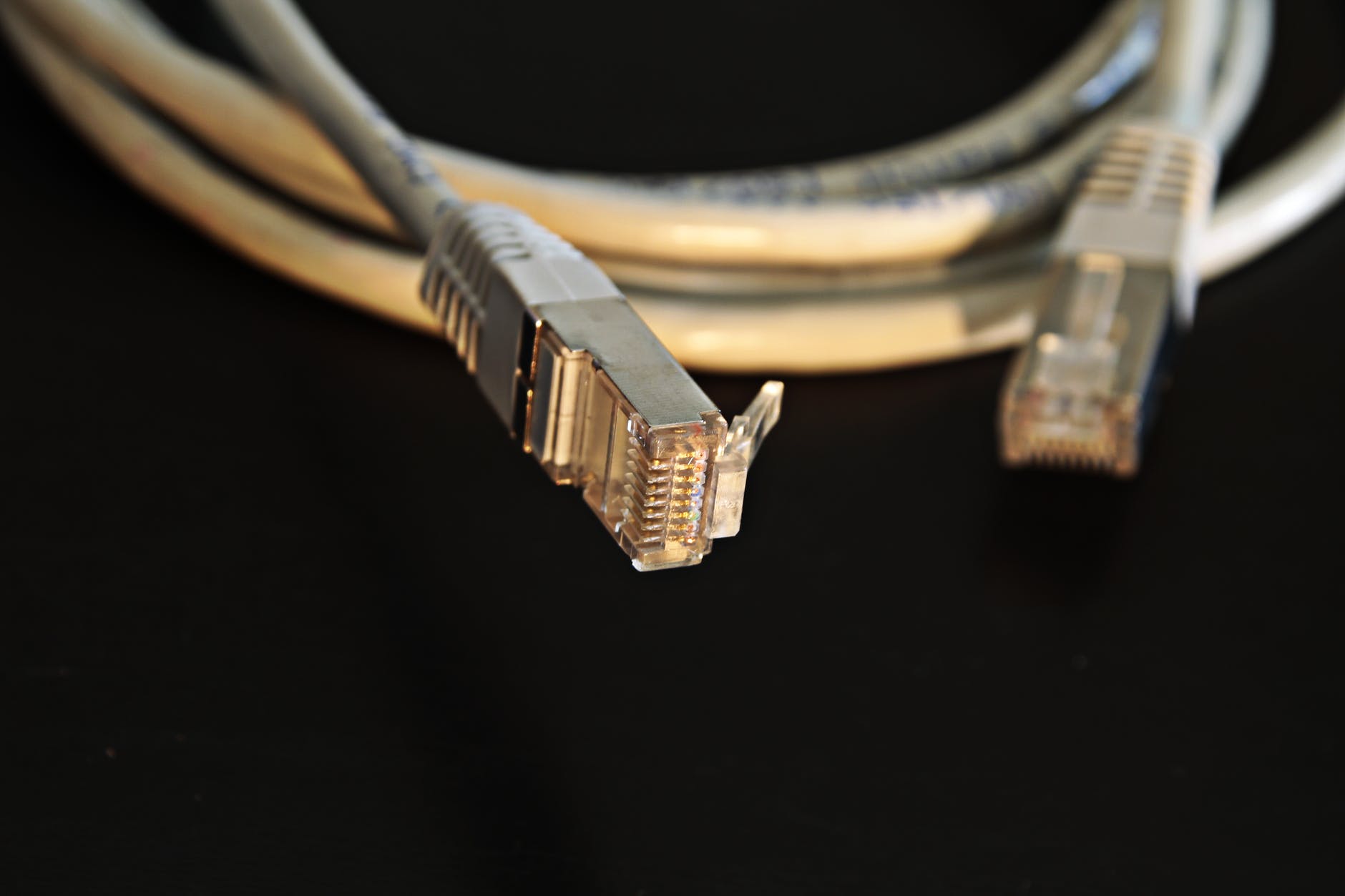Estimated reading time: 4 minutes
Cable protectors serve two main purposes: obviously, they protect cables from damage but (even more importantly) they also help to prevent people from tripping and falling, one of the most common types of accidents in the workplace today.
You can purchase cable protectors that are suitable for indoor or outdoor use, and they range from heavy-duty multi-cable protectors through to lower profile cable mats more suited for wires and thinner gauge cabling. Here’s our guide to cable protectors, the different types and how they can make your workplace safer.
Styles
Drop overs
This type of cable protector is very versatile – to use it, you simply place it loosely over the cables. This means that you can use the protector with cables of all kinds of thickness, as well as pipes, hoses and other long length items that need protection. A common sight on construction and road work locations, heavy-duty models can allow vehicles and heavy plant to move over them with no issue.
Channels
Channel cable protectors are similar to drop overs, but the cables being protected are lined up with (or fed through) channels in either the underside or the surface. This means that you can separate and organise your cabling. A good option for longer-term use, you can also find these in heavy-duty variants designed to protect cables from heavy vehicles.
Mats
In the office, the priority shifts more towards protecting people from the cable rather than the cable from people or vehicles. The name of the game here is minimising trip risks – so you’ll want a low-profile mat that sits almost flush with the surrounding carpet or flooring. For telephone or flat data cabling, you can get super flat drop over or channelled matting while for power or standard style data cabling you should consider channelled.
Most suppliers will offer a choice between plain black, which typically blends in well with most office environments, and matting that is outlined with bright yellow to draw attention and reduce the risk of tripping on the mat itself.
Materials
Cable protectors for exterior use will usually be made from PVC rubber or a strong polyurethane plastic. Both materials are hardwearing, robust and provide both physical protection (from vehicles) and weather protection.
Indoors, the materials are usually a little more flexible, allowing for people to walk over them comfortably. For wheeled traffic like trolleys or dollies, or where office chairs might be used in close proximity to the matting, you need a version with a slight camber or incline on either side of the main channel/cable cover, to allow for a smoother transition.
Sizes
When you’re looking at purchasing cable protectors, there are two different measurements to consider. First, the length of the cable you need to protect. You want, where possible, a single length of cable protector to ensure it is fully covered with no breaks.
Secondly, think about the thickness of the cable(s) you are covering. You may have a large-gauge power line running across your floor, hoses or pipes to deal with. Or you may simply need to cover a couple of phone lines for a desk cluster. Pick the right size of cable protector for the job; if you only require a smaller profile, that’s the one to go for as its smaller size makes it less of a trip hazard.
Underside
The underside of your cable protector must grip the surface you are laying it on. This will prevent unwanted movement of both it and the cable – providing an extra layer of protection. Outdoor cable protectors are typically quite weighty, so will stay in place quite well with no additional fixing, whereas indoor variants might need additional adhesion on the underside or taping down.
Other benefits
Along with reducing the likelihood of people tripping over cables or vehicles damaging them, cable protectors offer a couple of other benefits:
Indoors, tripping on or otherwise moving a cable can cause it to be pulled out of the equipment it is connected to, or drag expensive and important equipment onto the floor. The result could be production interruptions, loss of data, and broken equipment. Cable protectors greatly reduce these risks.
Outdoors, a good quality cable protector will also provide shielding from UV damage and rain, which can cause cabling, hoses and pipe work to deteriorate.
Author Bio: First Mats started life as a safety matting specialist, but have since expanded to become a complete industrial and commercial supplies company. The focus of First Mats is to provide safety-focused products that improve the wellbeing of staff through quality approved products, backed up by extensive knowledge. www.firstmats.co.uk
Share this content:
